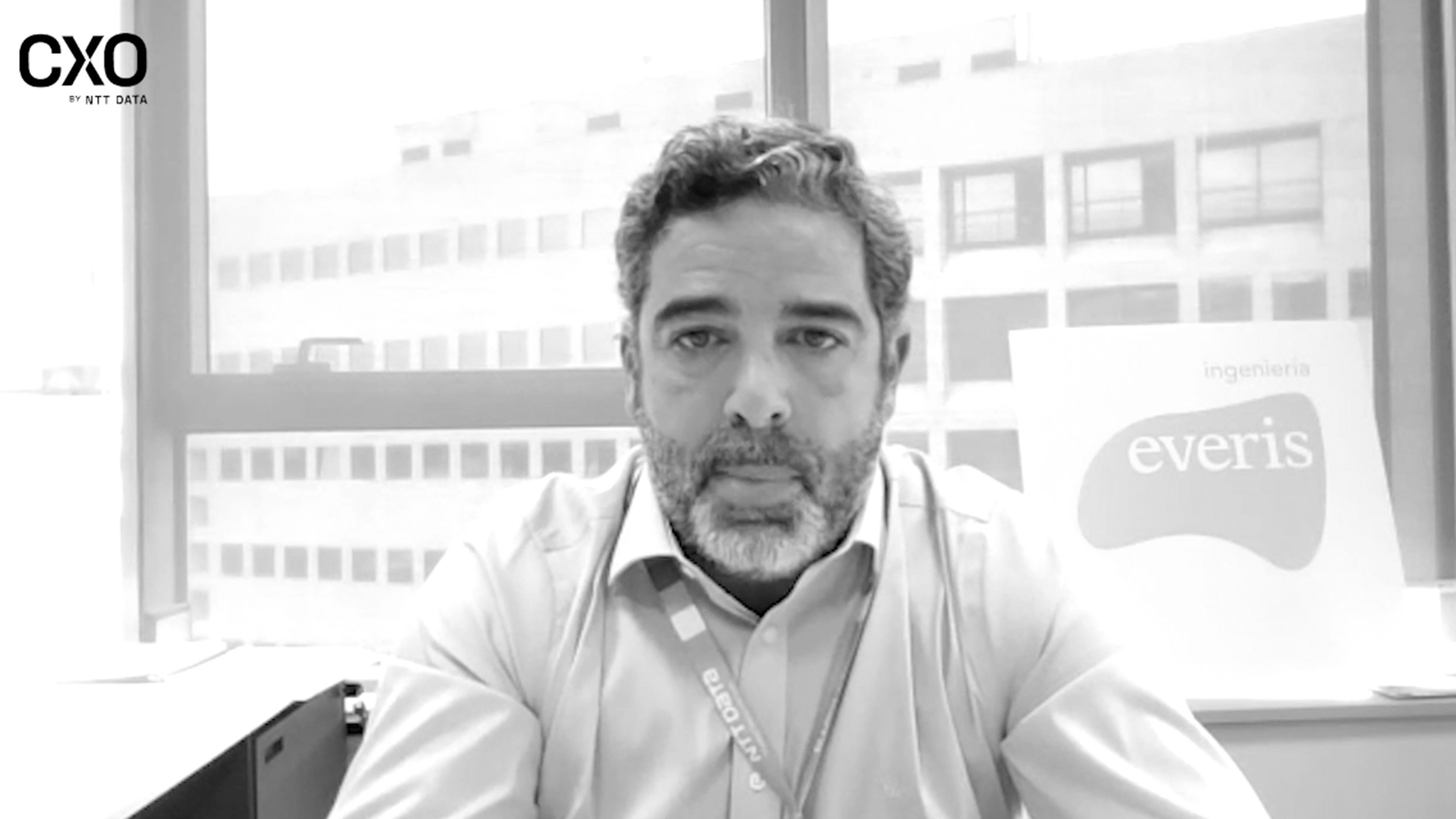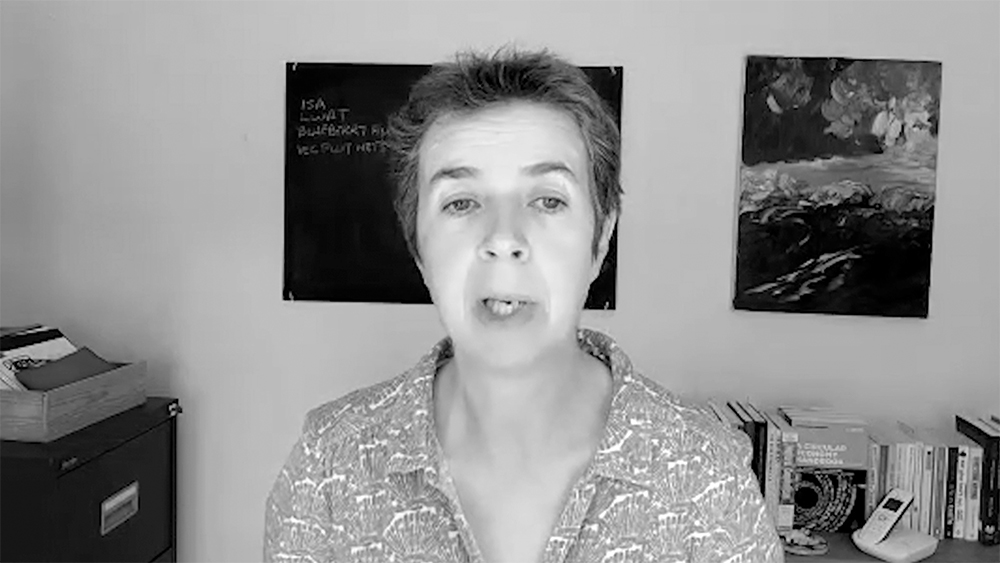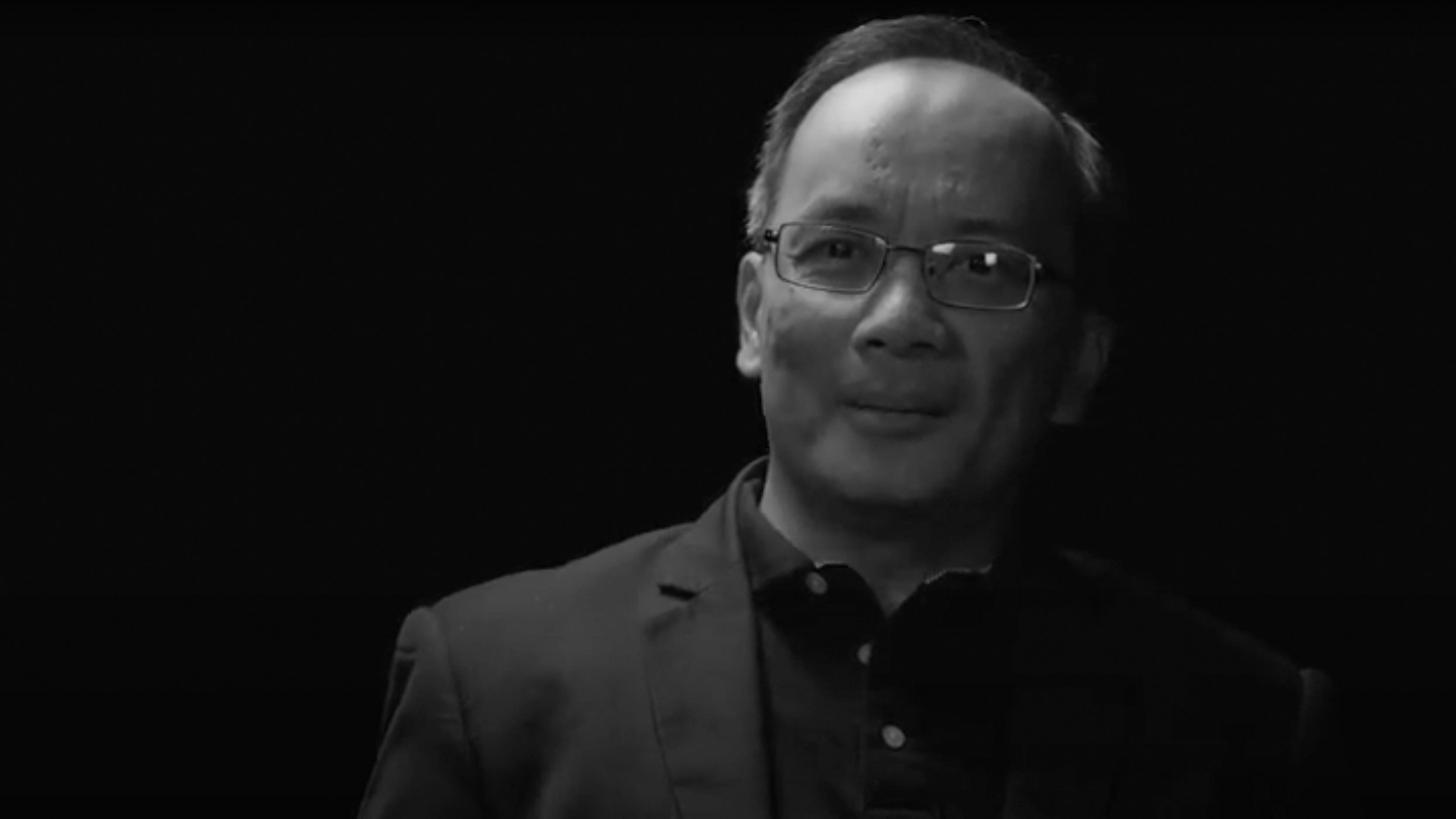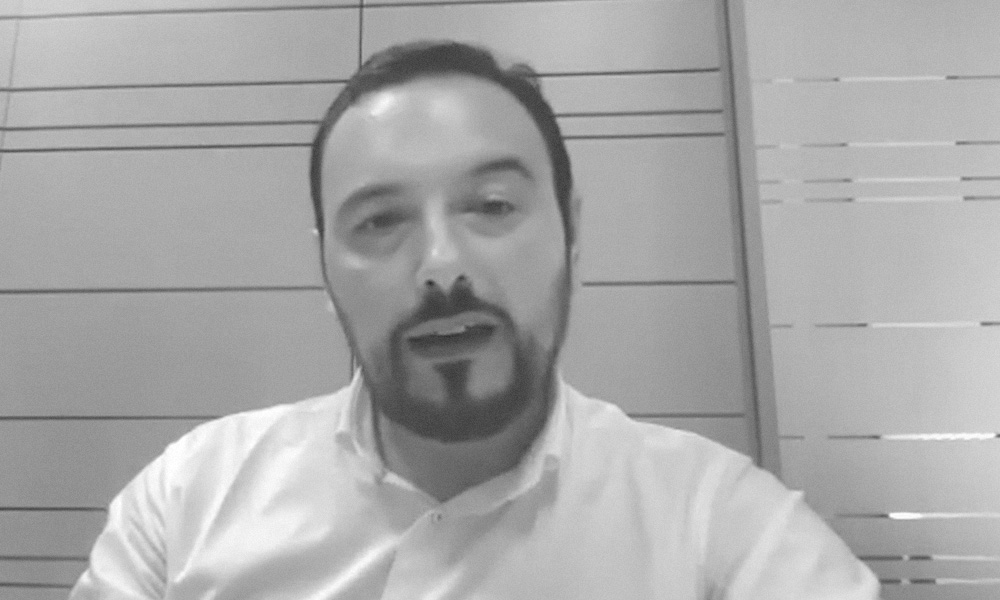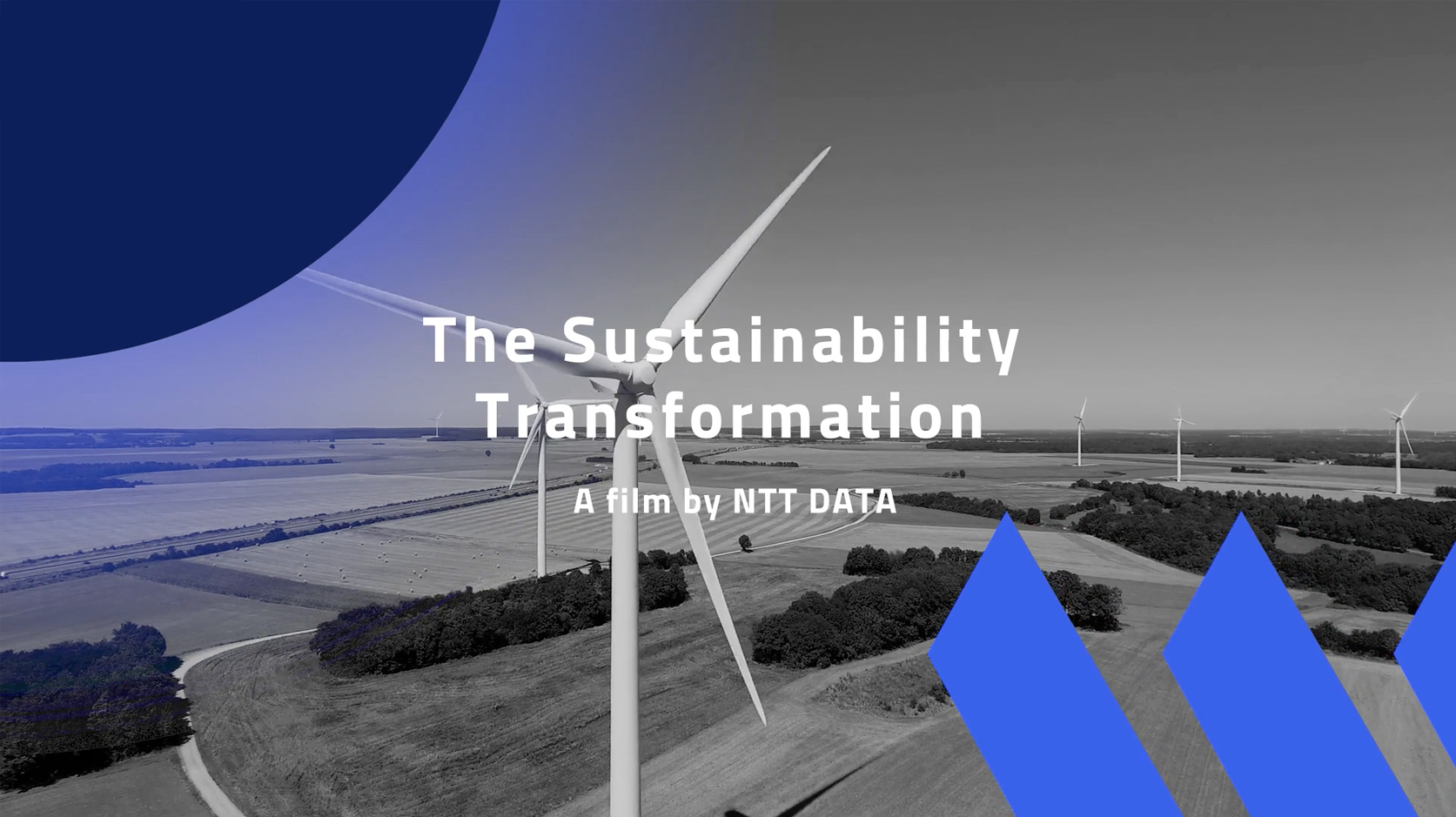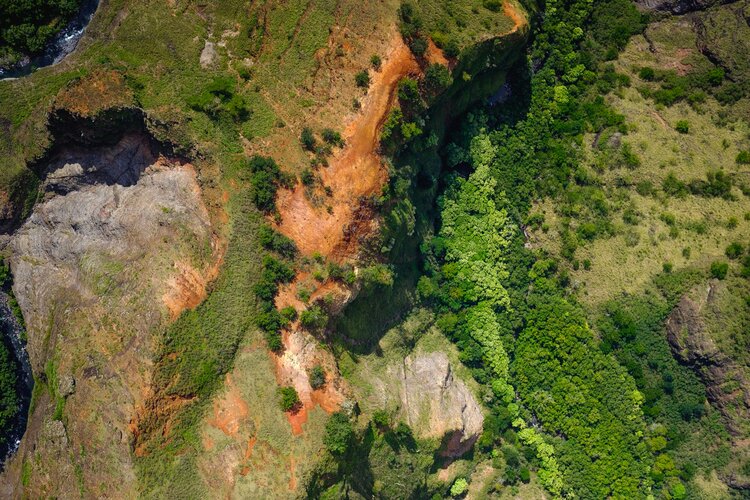
Carbon credits: two words that may be decisive in the sustainable economic future of different areas of the planet, including Italy. But what is meant by ‘carbon credit’?
A carbon credit is a financial unit corresponding to a ton of carbon dioxide being permanently removed from the atmosphere (carbon offset) – or, alternatively, avoided altogether (carbon abatement/elimination). After the oceans, forests are the second largest absorber of CO2 on the planet, and – if transformed into sustainable forest projects and certified within internationally recognized standards – can generate carbon credits. The idea behind the carbon credit market is to create an economic incentive for companies to reduce their greenhouse gas emissions.
The carbon credit market: how it works
To achieve the carbon neutrality objectives – that is, keeping CO2 emissions at zero – companies, cities, regions and financial organizations are called upon to adopt behaviors which achieve the reduction of emissions on one hand, and the compensation of residual emissions on the other (i.e. emissions which, due to the nature of production and industrial processes, cannot be further reduced).
In this context, many companies need to demonstrate that they comply with certain internationally-established parameters for reducing and offsetting emissions. Most of the offsets available today are emission reductions – which are necessary, but not sufficient to achieve carbon neutrality in the long run. It is therefore necessary to intervene with compensation, eliminating CO2 directly from the atmosphere , to ensure compatibility with the objectives of the Paris agreement on carbon neutrality to be achieved by 2050. This is exactly where carbon credits come into play, as they can be used to activate a series of compensation mechanisms for residual emissions. To simplify, the mechanism is this: the CO2 reduction that company A should make is done by company B, which sells its carbon credits in exchange for a payment based on the amount of CO2 removed from the atmosphere.
The increasing focus on sustainability is creating new obligations for companies – along with new opportunities in the rapidly-growing carbon neutrality market.
For companies that are unable to reduce their emissions beyond a certain limit, being able to buy carbon credits is therefore very valuable, because being able to present themselves with an up-to-date sustainability report helps to support business and reputation. Furthermore, the increasing focus on sustainability is creating new obligations for companies – along with new opportunities in the rapidly-growing carbon neutrality market. Carbon credit holders therefore have a large slice of this market available, and many potentially interested buyers.
For companies that are unable to reduce their emissions beyond a certain limit, the purchase of carbon credits can represent a competitive advantage, as it demonstrates a commitment to sustainability and the environment, and presenting an up-to-date sustainability report can also be used to support the company’s reputation and the promotion of its brand. From an economic point of view, purchasing carbon credits can be less expensive than other options, such as adopting low-carbon technologies or replacing fossil fuels with renewable energy sources.
Also, considering the growing importance of sustainability to consumers, carbon credits represent a winning means in many respects, such as the conservation of biodiversity, the sustainable development of society, the fight against climate change as well as represent a source of income for investors.
The forest carbon credit market
In the case of forest carbon credits, owning a forest area is not enough to be active in this market: the possibility of obtaining carbon credits is linked to the development of sustainable forestry projects, which through the application of forestry techniques, rather than afforestation or reforestation actions, you increase the forest’s ability to sequester CO2 from the atmosphere compared to what is already happening in the forest. The forestry project proposer must demonstrate that the additional emission reductions would not have been achieved without the project. And it is therefore necessary to implement monitoring , reporting and verification activities to ensure the correct quantification of forest carbon credits. Only under these conditions is it possible to enter the market and negotiate with buyers interested in buying credits.
The CO2 absorption rate of a forest depends on several factors, including forest type, forest density, tree age and environmental conditions. Furthermore, the absorptive capacity of a forest can vary over time depending on any changes in environmental conditions, such as temperature and the amount of rainfall.
To give some illustrative numbers, it is estimated that a single hectare of forest in the southern Italian Apennines, with silvicultural interventions aimed at improving the carbon absorption rate such as increasing the structural variability and biodiversity of the forest, could also generate 3 carbon credits per year. Forest projects covering thousands of hectares therefore have the capacity to generate tens of thousands of carbon credits over their life span, which is typically several decades. In fact, after the oceans, forests are the second largest carbon sink in the world: they store up to 861 billion tons of carbon and absorb almost a third of anthropogenic CO2 emissions every year.
Currently, the price of a carbon credit in the voluntary market is around 20 euros, but given the growth of the market it is easy to expect a marked increase in prices; and therefore huge profits.
At present, the prices of forest carbon credits are steadily rising; the market is performing in a very interesting way and everything suggests that this is just the beginning.
At present, the prices of forest carbon credits are steadily rising; the market is performing in a very interesting way and everything suggests that this is just the beginning. Let’s give some example numbers: a single hectare of forest in the southern Italian Apennines can absorb on average 25-30 tons of CO2 per hectare in a year; but simple forestry interventions such as thinning or rejuvenating plants can lead to an increase of up to 20% in the carbon absorption rate. Forest projects covering thousands of hectares therefore have the capacity to generate tens of thousands of carbon credits over their life span, which is typically several decades. Today carbon credits are worth between 30 and 40 euros per single credit, but given the growth of the market it is easy to expect a marked increase in prices; and therefore huge profits.
Working together for forest requalification and the emission of carbon credits
A concrete case that helps to understand the potential of the market comes from the collaboration between NTT DATA and the Calabria Region Precisely on a project concerning the generation of forest carbon credits. NTT DATA has among its objectives the use of technology to support sustainability and there are various areas in which the company has launched projects and initiatives aimed at creating a better future for the new generations.
Calabria is the ideal region for this experimentation because, with its 650,000 hectares of forest, it has one of the largest forest assets in Italy as a percentage of the territory. A heritage, however, that has long been seen as a problem and not as a resource, due to the continuous need for maintenance that a forest requires. For this reason, the “Calabria Verde Company”, which manages the regional forest heritage, has started a collaboration with NTT DATA to find a technological solution that would improve the protection of forests and support their requalification.
Thanks to the application of the CO2Sink solution created by NTT DATA , it was possible to start accurately measuring the exchange of CO2 between vegetation and the atmosphere , crossing satellite data with those extracted from ground sensors. The data thus collected form the basis for estimating the carbon credits that can be generated by forests. The project started about a year ago as a pilot, to allow the development of a sufficient database on an initial forest area of about 5,600 hectares. The results obtained were encouraging and make this model replicable not only in other forest areas in Calabria, but in other regions with extensive forest areas.
Forest requalification: where to start
Human intervention cannot be random but must follow a process and very precise criteria in order to effectively lead to the emission of carbon credits. First we need to measure the forest’s ability to absorb CO2, only at this point can we plan interventions. The next step is to define how and with which tools it is possible to generate a positive delta of carbon absorption and to estimate the achievable additionality.
During the implementation phase of the project, to quantify and verify the effective additionality and therefore generate high-quality carbon credits, it is necessary to provide for an accurate and constant monitoring system of the forest. Obviously, this requires the support of technology, with tools such as ground sensors or satellite images which, with the aid of artificial intelligence, allow obtaining all the necessary data with contained operating costs, even for forest extensions of several thousand hectares, thus making this type of projects economically viable.
The carbon credit market is still evolving, but it can become an important resource from a sustainable and economic point of view, encouraging the development of green technologies and the dissemination of sustainable practices.
The carbon credit market is still evolving, but it can become an important resource from a sustainable and economic point of view, encouraging the development of green technologies and the dissemination of sustainable practices, thus promoting innovation and the transition towards low carbon emissions – and a more sustainable future for all.


